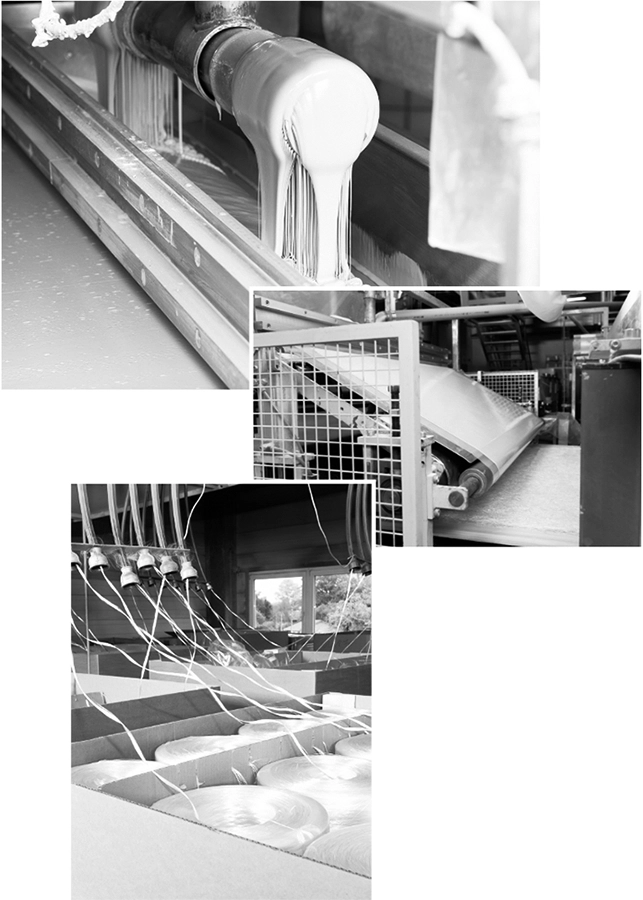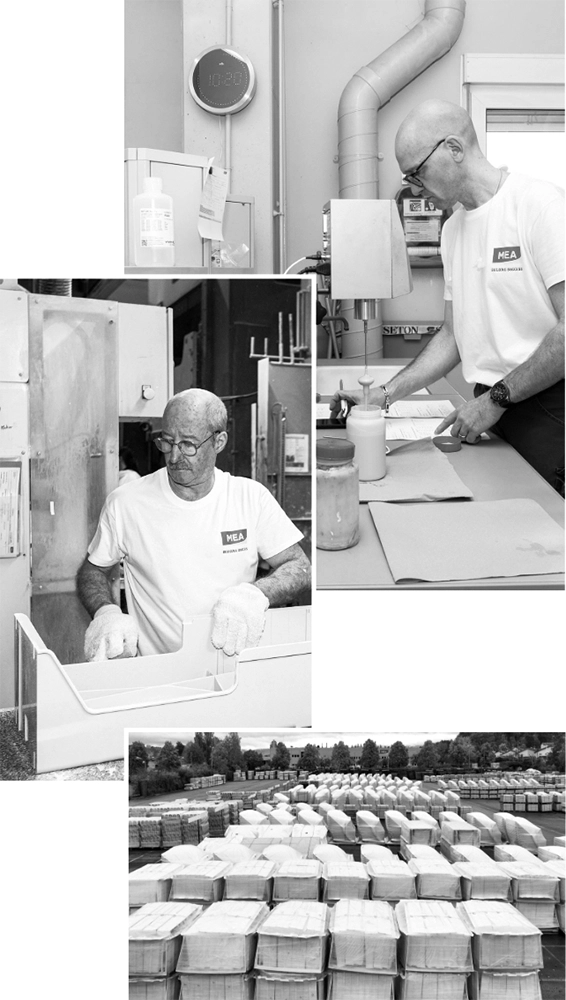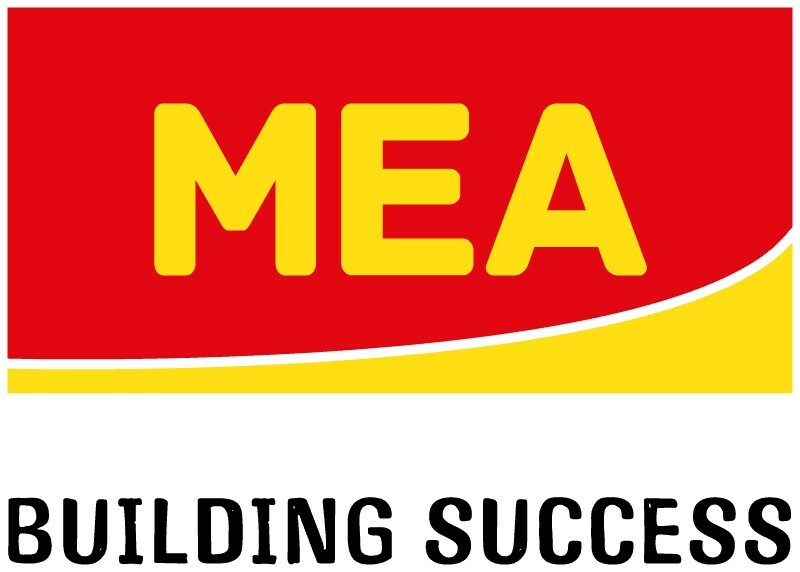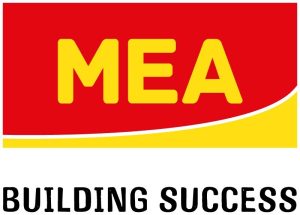SMC Material
Sheet Molding Compound (SMC) is an advanced composite material that plays an essential role in many industries, thanks to its outstanding properties. Here’s an overview of its components, technology, benefits, impact on the carbon footprint, and current and future areas of application.

Step 01 Technology
SMC MATERIAL
SMC is generally composed of a thermosetting polymer matrix, glass fiber reinforcements and mineral fillers. The polymer matrix is often an epoxy or polyester resin, while the glass fibers provide considerable mechanical strength. Mineral fillers are added to improve dimensional stability and other specific properties.
SMC technology
The manufacturing of SMC involves dispersing glass fibers and fillers in a resin mixture to create a homogeneous blend. This mixture is then assembled into a web on continuous rollers. This is then cut and shaped, compressed under high pressure and heated to high temperature in a mold. This compression molding process produces complex parts with high dimensional accuracy, low weight and thickness, and excellent mechanical strength.
SMC benefits
- High mechanical strength: glass fibers give SMC exceptional strength, particularly in tension and flexion
- Lightweight: Despite its robustness, SMC is relatively lightweight, making it an ideal choice for applications where weight reduction is essential
- Electrical insulation: SMC is an electrical insulator, making it suitable for electrical components
- Chemical resistance: Resistant to many aggressive chemicals
- Flexible design: SMC can be molded in a wide variety of shapes and sizes, offering exceptional design flexibility

Carbon footprint
SMC generally has a favorable carbon footprint. Due to its light weight, it can help reduce fuel consumption and CO2 emissions (in automotive applications, for example). However, the carbon footprint will be further enhanced by various factors, including specific manufacturing processes and the useful life of finished products.
Fields of application
SMC is used in a wide range of industries, including automotive, building products, electrical equipment, renewable energies, marine and many more. It is used wherever high mechanical properties with improved thickness, weight and durability are essential. Dimensional stability, mechanical properties, corrosion resistance and UV resistance are just some of the advantages that make SMC a must-have.
Future of SMC
SMC is constantly evolving to meet the changing needs of the industry. Efforts to improve durability, further reduce weight and optimize production should enable SMC to retain its place as the material of choice for a wide range of applications. What’s more, it could play a key role in the transition to a greener economy, thanks to its advantages in terms of light weight and reduced CO2 emissions.
SMC research & development
Research and development (R&D) in the field of SMC (Sheet Molding Compound) plays an essential role in the ongoing innovation of this composite material. Here’s an overview of the importance of R&D in the evolution of SMC:
Improved Material Formulations
R&D in the SMC field aims to create increasingly high-performance material formulations. This involves developing stronger thermosetting polymer resins, more efficient fiber reinforcements, including natural fibers, and optimizing mineral fillers to improve SMC’s mechanical properties, durability and chemical resistance. Our current developments are aimed at incorporating a significant proportion of recycled materials into our products.
Weight Reduction
Une grande partie de la R&D est axée sur la réduction du poids des produits en SMC. Cela est particulièrement important dans des industries telles que l’automobile, où la légèreté des matériaux composites peut contribuer à réduire la consommation de carburant et les émissions de CO2. Les chercheurs travaillent sur des formulations de SMC plus légères tout en préservant la résistance mécanique (carbone, fibres naturelles, …).
Environmental Sustainability
Environmental sustainability is a key factor in SMC R&D. Researchers are striving to reduce the environmental impact of SMC production by exploring bio-sourced resins, more energy-efficient manufacturing processes, and recycling methods for end-of-life products.
Innovative Manufacturing Processes
R&D also tackles manufacturing processes. Automation, the integration of robots and improved mold precision all contribute to increasing production efficiency while maintaining the quality of finished products. Advanced compression and intrusion molding technologies are explored to optimize production.
Adapting to new applications
Researchers are working on adapting SMC to new industrial applications. This includes the creation of specific formulations to meet the needs of industries such as aerospace, renewable energies, the marine industry etc..
Advanced testing and characterization
R&D also includes advances in testing and characterization methods for SMC materials. Researchers are developing more precise testing techniques to assess the material’s mechanical, thermal and electrical properties, enabling a better understanding of its behavior under various conditions of use.

In short, MEA Industries’ SMC sheet manufacturing unit is a key pillar of our commitment to quality, innovation and customer satisfaction.
History of SMC
The history of SMC (Sheet Molding Compound) is a fascinating story of continuous innovation and development over time. Here’s an overview of its evolution over the decades:
Beginning of SMC
SMC was developed in the 1960s in response to the growing demand for a lightweight, tough, easy-to-mold composite material. It was developed as an alternative to traditional materials such as steel and cast iron. Early SMC formulations were mainly composed of polyester resins, glass fibers and mineral fillers.
1970 - 1980s
Over the decades, SMC has gained in popularity, particularly in the automotive industry, due to its advantages in terms of lightness and impact resistance. Manufacturers began experimenting with new formulations and improving production processes to meet the specific needs of their applications.
1990 - 2000
SMC has continued to evolve with advances in thermosetting polymer resins, molding technologies and fiber-reinforced methods. These improvements have considerably broadened SMC’s field of application, taking it beyond the automotive industry to be used in construction, electrical equipment, aeronautics and other sectors.
2010 to present
The 21st century has brought a new wave of innovation to the SMC industry. Companies have continued to invest in research and development to create increasingly high-performance, resistant and environmentally-friendly SMC formulations. In addition, the automation of production, the integration of robots and the improvement of manufacturing processes have increased efficiency while maintaining the quality of SMC products.


